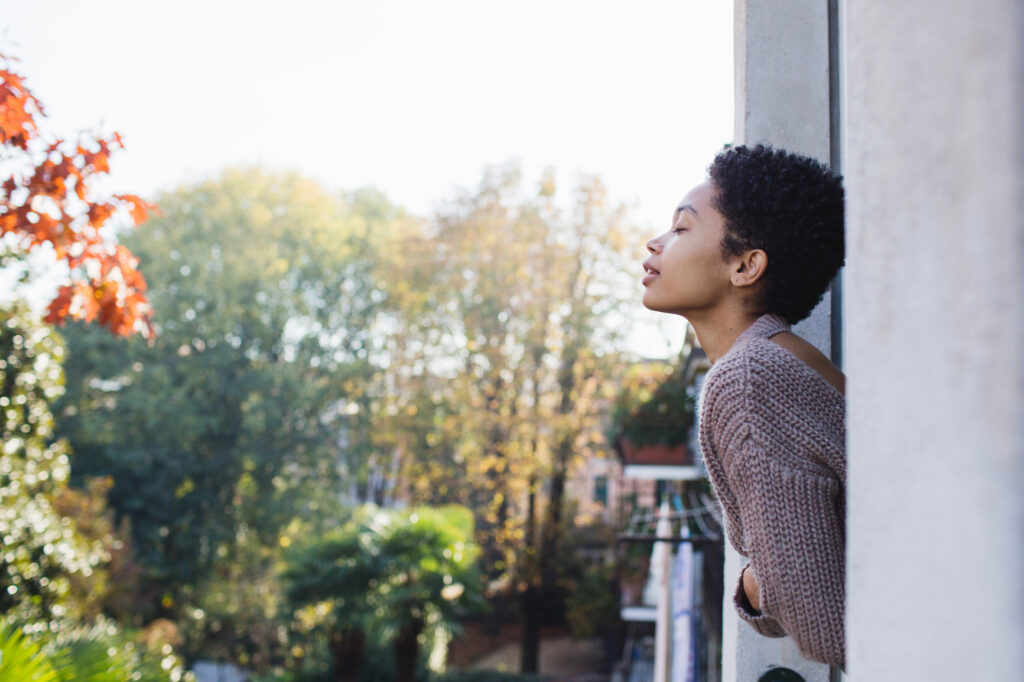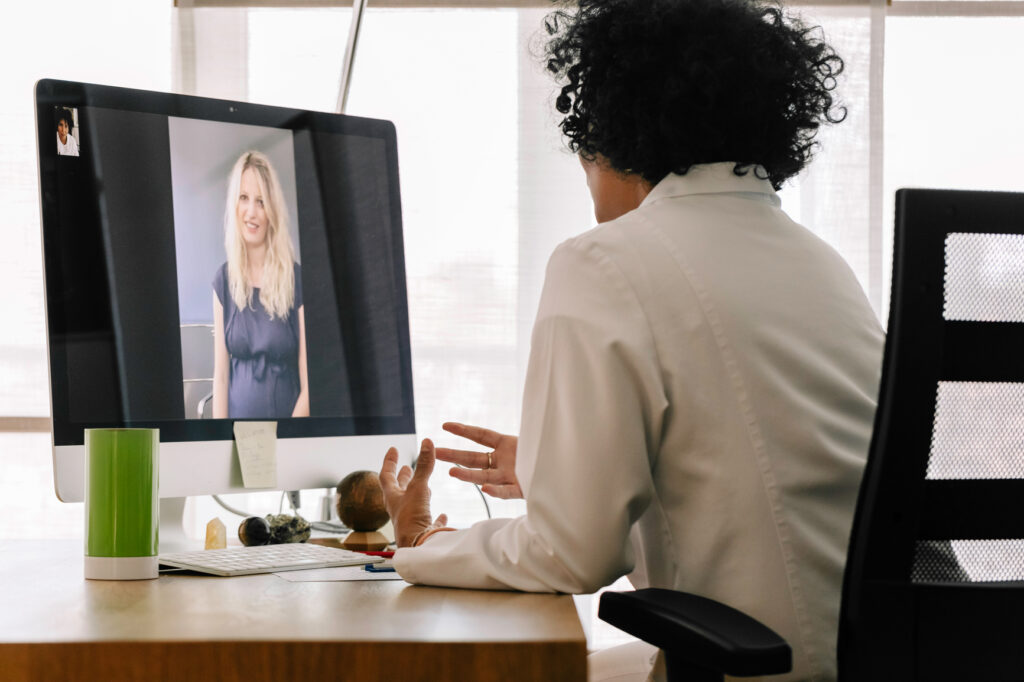Array

The last few months have been challenging. Traversing such uncharted territory is never easy. For some people, it meant clocking in more alone time than ever before. For others, it consisted of 24/7 contact with partners and family members. Either way, such a complete departure from everyday life is bound to take an emotional toll on us all. Compound that with recent events, and it’s no wonder so many people are feeling anxious and overwhelmed.
Modern life is already a frantic symphony of conflicting stimuli. Social media, always-on-call work culture, and the 24-hour news cycle can leave us feeling frazzled, detached, and ungrounded. Working to find balance and restore emotional equilibrium are crucial acts of self care always, but especially now. Here are some simple ways to check in with yourself during this difficult time.
Practice Mindfulness

Today’s society is built on the dual tenets of multitasking and staying constantly connected. Our jobs, our responsibilities, and even our phones make it easy to be in five different places at once, yet seemingly impossible to be fully present in just one. Practicing mindfulness is an effective way to tune back into the here and now.
According to Mindful.org, the term ‘mindfulness’ refers to, “the basic human ability to be fully present, aware of where we are and what we’re doing, and not overly reactive or overwhelmed by what’s going on around us.” Sound like something you’d like to try? Mindful breathing is a great place to start. (Plus, you’ll probably feel the effects after just five minutes!) Mindful breathing exercises are simple and can be done at home—with or without a recording to lead the way. Check out UCLA’s Mindful Awareness Research Center (MARC), for a five-minute mindful breathing practice, along with many other free exercises. While you’re at it, reread our Mindfulness for Sleep article for a quick how-to to get you started without a recording.
Try Meditating

How is meditation different from mindfulness, you ask? Great question. Mindfulness is the ability to become aware of where you are and what you’re doing, whether you’re walking, driving, drinking a cup of tea, listening to music, or even simply breathing. Meditation, on the other hand, is the technique used to achieve mindfulness. There are many different types of meditation, each with their own specific set of guiding principles and protocols. If you don’t know where to start, there are a handful of great meditation apps to get you going and help you build your practice from the ground up. Headspace is a user-friendly app that makes mindfulness meditation accessible for all. Right now, they’re offering a free year of Headspace Plus membership for unemployed users. Calm is another great option if you’re looking for meditations tailored to particular needs like anxiety and difficulty sleeping. For more recommendations, check out this roundup of the year’s top meditation apps, via Verywell Mind.
Talk to a Professional

Independent practices like mindfulness and meditation can be great steps toward emotional wellness. For some people, though, talking to a therapist is still the most effective way to manage stress and maintain a sense of stability in difficult situations. Unfortunately, therapy can be prohibitively expensive. Not to mention, some people still feel there’s a stigma associated with asking for help. If you’re having trouble finding someone to talk to, check out a virtual therapy service like Talkspace. Talkspace is a digital platform that offers confidential therapy services with licensed professionals. The monthly fee is more affordable than traditional therapy, and allows you to connect with a professional without leaving home.
There you have it, a handful of practical techniques to bolster emotional wellness and help you feel grounded in difficult situations. Remember, there’s no instant fix. Finding balance is an ongoing process. Stay (emotionally) well out there, LIV fam.